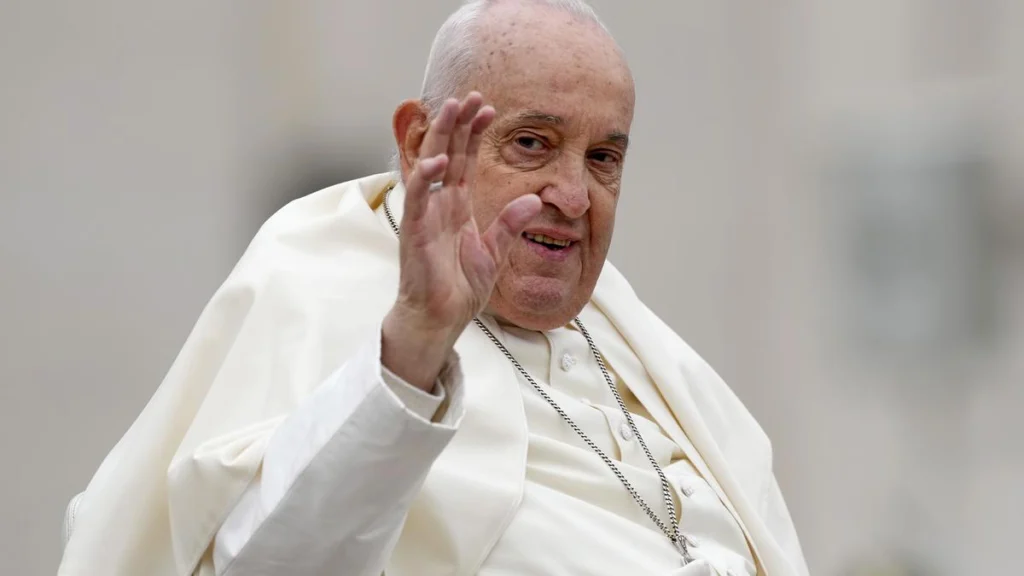Clerical sex abuse: Pope Francis’s thorniest challenge

Pope Francis and the Abuse Crisis: A Decade of Reform, But Is It Enough?
When Pope Francis stepped into the papacy in 2013, the Catholic Church was in turmoil. Scandals involving child sexual abuse by clergy, and the cover-ups that followed, had deeply shaken the trust of the faithful. Countries around the world — from the United States to Ireland, Australia, Germany, and Chile — were grappling with revelations that for decades, even centuries, the Church had failed to protect its most vulnerable members.
Now, more than a decade into his papacy, Francis has taken several bold steps to address the crisis, including sanctioning top clergy, issuing new reporting guidelines, and establishing global accountability structures. However, many survivors and advocates argue that while these actions mark progress, the path to true justice and healing remains incomplete.
The Burden of History
By the time Jorge Mario Bergoglio became Pope Francis, the Catholic Church had already lost immense moral ground. Revelations of systemic abuse, followed by the exposure of high-level cover-ups, had created a crisis of credibility.
The early 2000s brought wave after wave of shocking reports. In Boston, the Spotlight investigation revealed hundreds of abuse cases and institutional failure. In Ireland, government reports laid bare decades of cruelty in Church-run institutions. In Chile, bishops resigned in disgrace. Even in Argentina, where Pope Francis once served as archbishop, the Church wasn’t immune.
Francis inherited a deeply wounded institution — one that had protected abusers, silenced victims, and placed reputation above responsibility.
Early Signals of Change
From the beginning, Pope Francis made it clear that he wouldn’t allow “business as usual” to continue. In 2014, he established the Pontifical Commission for the Protection of Minors, signaling a desire to include survivors’ voices in the reform process.
In 2019, the Pope convened a historic summit in the Vatican, bringing together bishops from around the world to confront the abuse crisis. It was a landmark moment, underscoring that the issue was not just a Western problem, but a global one.
That same year, he issued a new law titled “Vos Estis Lux Mundi”, which made it mandatory for all clergy and church personnel to report abuse, and set up procedures for investigating bishops accused of mishandling cases. The law also made it clear that no one — not even cardinals or archbishops — would be above the rules.
A Shift in Tone and Action
What set Pope Francis apart from some of his predecessors was not just policy reform, but also tone and attitude. He frequently spoke of “zero tolerance,” and in multiple instances, he removed bishops and cardinals accused of abuse or cover-ups.
One of the most high-profile actions came in 2018, when he accepted the resignations of multiple bishops in Chile, following outrage over their failure to respond to abuse allegations. He later admitted that the Vatican had mishandled the Chilean cases and publicly asked for forgiveness.
In another rare move, he defrocked ex-Cardinal Theodore McCarrick, once a powerful figure in the U.S. Church, after credible allegations surfaced of abuse spanning decades.
These decisions showed that the Pope was willing to take on the institutional power structures that had long protected abusers.
Survivors: “It’s Not Enough”
Despite these reforms, many survivors say the Church still has far to go. While reporting abuse is now a formal obligation, enforcement remains inconsistent across different countries. Critics argue that internal investigations still lack transparency and that the Church’s approach remains largely self-policing.
“There’s been progress, no doubt,” said Maria O’Leary, a survivor from Ireland who now works as an advocate. “But survivors are still often left out of the decision-making. There’s still secrecy. And in many places, the Church still fights legal claims.”
Another major issue is the lack of reparations and support for victims, particularly in countries where courts have not intervened. Survivors have long called for independent panels to oversee claims, as well as compensation funds not controlled by the Church.
Cultural Change Still a Challenge
Many believe that while Francis has tried to address the crisis structurally, the cultural shift needed within the Church is still incomplete. In some dioceses, old attitudes persist — silence, denial, and protection of the institution over individuals.
Clergy in some regions still fail to report cases to civil authorities, choosing instead to manage issues “in-house.” Some bishops have even pushed back against the Pope’s guidelines, arguing that they infringe on the Church’s autonomy.
Additionally, the Church has yet to fully confront the role of celibacy, power imbalance, and lack of female voices in fostering a system where abuse could flourish unchecked.
A Pope Who Listens — But Needs More Action
To his credit, Pope Francis has often met with survivors privately. These meetings are reportedly emotional and sincere, with the Pope expressing regret, asking for forgiveness, and listening without defensiveness.
However, many advocates now say that listening must lead to institutional accountability. There is a growing call for the Vatican to release more historical records, cooperate fully with civil investigations, and include lay experts, including women, in all levels of Church governance.
The Path Ahead
As Pope Francis enters the later years of his papacy, many wonder how he will be remembered in relation to the abuse crisis. For now, he stands as a leader who acknowledged the problem, took difficult actions, and pushed reforms that previous popes avoided.
But unless the Church delivers justice for survivors, full transparency, and long-term structural change, the legacy may remain incomplete.
“This isn’t just a scandal,” said one survivor. “It’s a wound — and it won’t heal unless truth and justice are placed above image and institution.”






